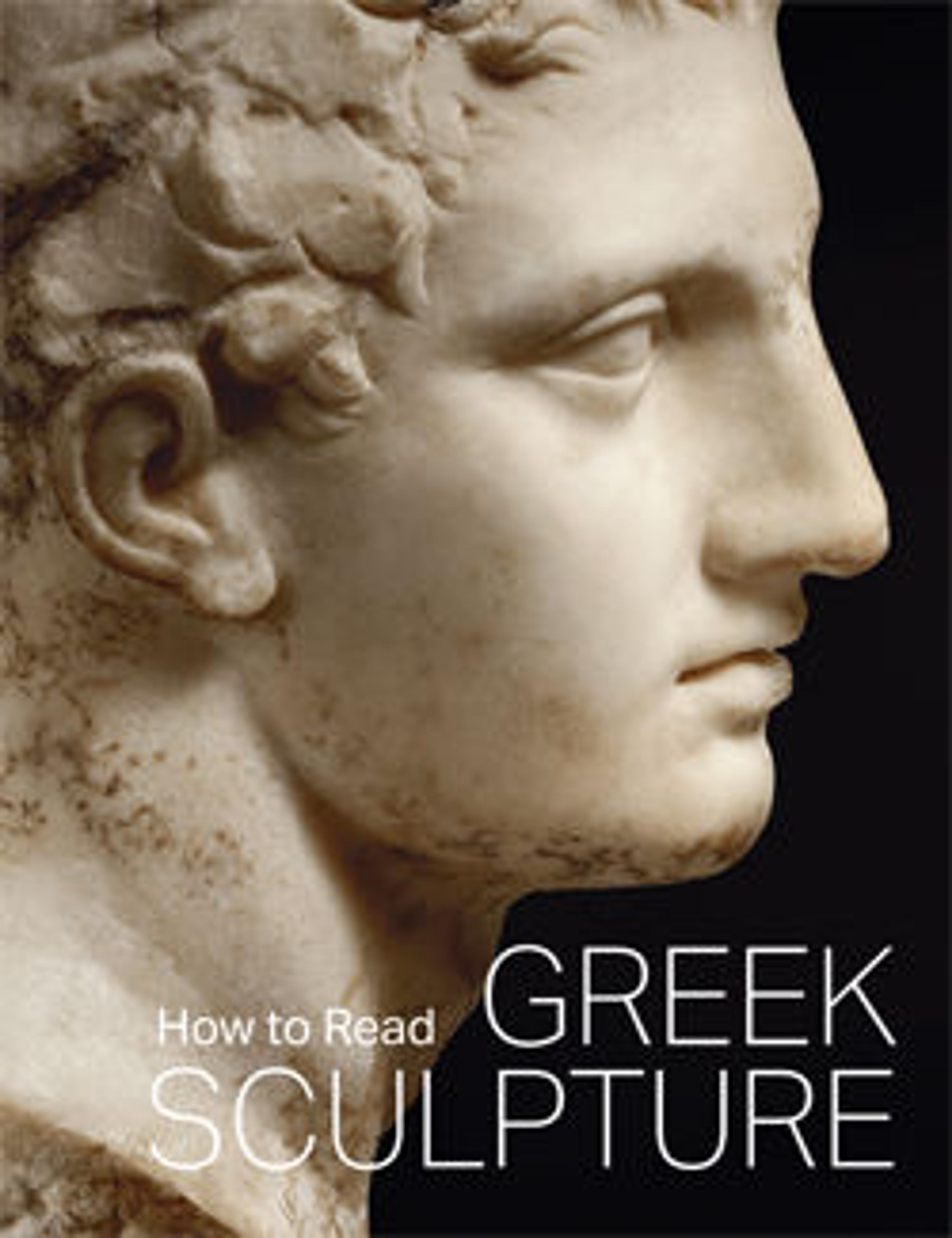Bronze head of a griffin
Restituted
This artwork was restituted in February 2025. It is no longer in the museum’s collection.From Olympia
Bronze cauldrons set on tripods or conical stands were among the most spectacular votive gifts dedicated in Greek sanctuaries from the eighth to the sixth centuries B.C. Cast-bronze griffins' heads often decorated the cauldron rims; they projected outward from the shoulder of the vessel on long necks made of hammered or cast bronze. Some of the dedicated cauldrons were colossal. The Greek historian Herodotus describes one made for King Kroisos of Lydia that could hold 2,700 gallons and another dedicated on the island of Samos that was supported by huge kneeling figures. Over six hundred bronze griffins' heads from cauldrons are known today; most have been found at the sanctuary of Zeus at Olympia or at that of Hera on Samos. This enormous head is one of the finest.
Bronze cauldrons set on tripods or conical stands were among the most spectacular votive gifts dedicated in Greek sanctuaries from the eighth to the sixth centuries B.C. Cast-bronze griffins' heads often decorated the cauldron rims; they projected outward from the shoulder of the vessel on long necks made of hammered or cast bronze. Some of the dedicated cauldrons were colossal. The Greek historian Herodotus describes one made for King Kroisos of Lydia that could hold 2,700 gallons and another dedicated on the island of Samos that was supported by huge kneeling figures. Over six hundred bronze griffins' heads from cauldrons are known today; most have been found at the sanctuary of Zeus at Olympia or at that of Hera on Samos. This enormous head is one of the finest.
Artwork Details
- Title: Bronze head of a griffin
- Date: third quarter of the 7th century BCE
- Culture: Greek
- Medium: Bronze
- Dimensions: H. 10 3/16 in. (25.8 cm)
- Classification: Bronzes
- Credit Line: Bequest of Walter C. Baker, 1971
- Curatorial Department: Greek and Roman Art
More Artwork
Research Resources
The Met provides unparalleled resources for research and welcomes an international community of students and scholars. The Met's Open Access API is where creators and researchers can connect to the The Met collection. Open Access data and public domain images are available for unrestricted commercial and noncommercial use without permission or fee.
To request images under copyright and other restrictions, please use this Image Request form.
Feedback
We continue to research and examine historical and cultural context for objects in The Met collection. If you have comments or questions about this object record, please contact us using the form below. The Museum looks forward to receiving your comments.
